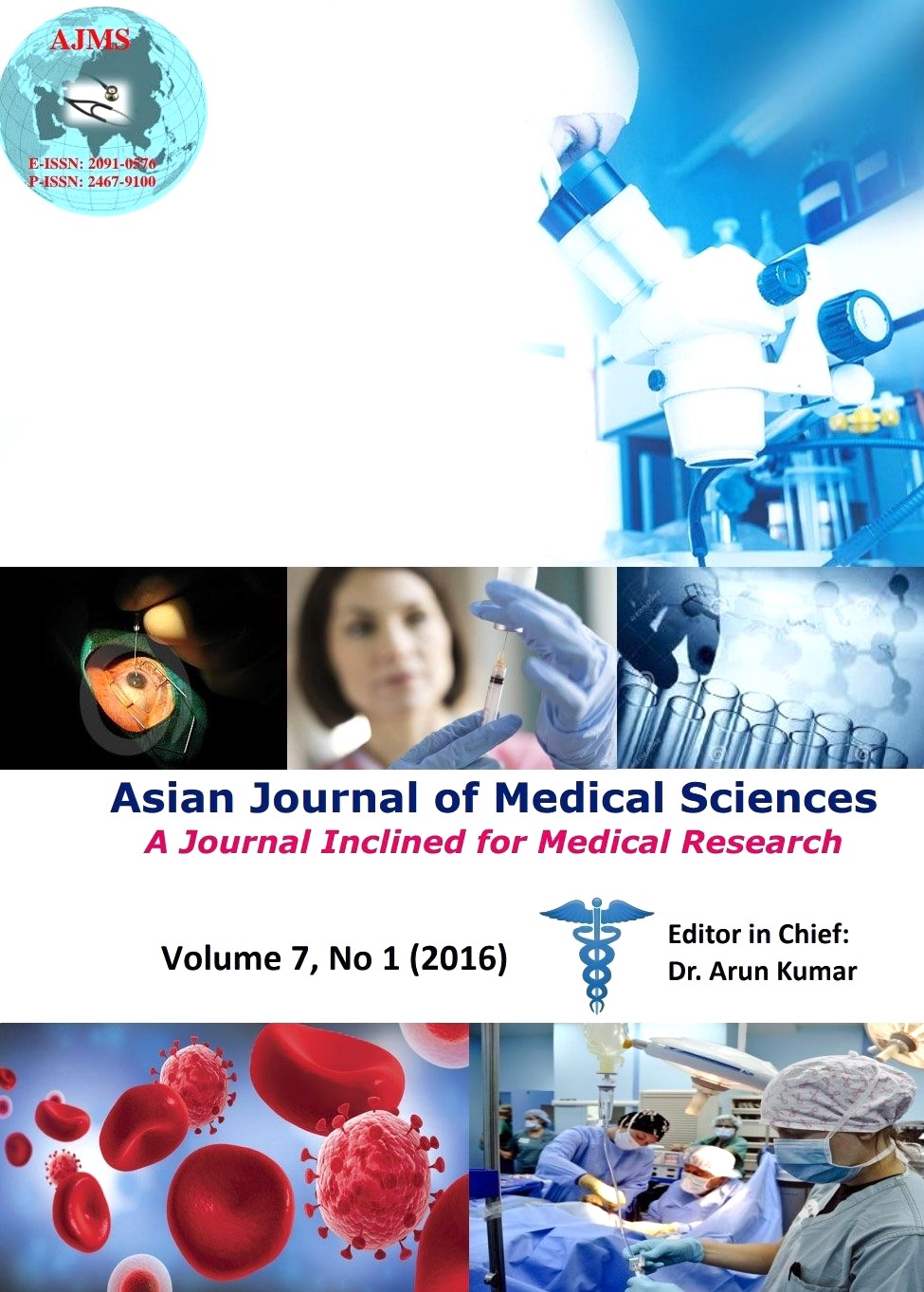Epidemiological study of burn injury with special reference to its prevention- A Nine-year retrospective study from a tertiary care hospital of West Bengal, India
Keywords:
Mechanism of burn, preventive measures, incidence of burn, types of burn, burn in femalesAbstract
Aims and Objectives: We conducted a retrospective analysis among 1984 burn patients to study the incidence, prevalence of burn injury, its various types and modes (actual event behind the burn injury), risk factors and to find out the preventive measures.
Materials and Methods: The retrospective study was carried out among 1984 patients having burn injuries, admitted in a tertiary care hospital of West Bengal, India over a period of nine years. The sources of information were the admission registers and the patients' folders from the medical records department. The Ethical clearance was taken from the Institutional Ethical Committee. The information obtained included age, sex, whether accidental or suicidal, etiology of burn injury and particularly the mechanism of injury.
Results: Females were mostly affected (83%) in comparison to males. Among the study population, most of the burn patients were in the age group of 21-30yrs i.e. 35.3%. The number of burn patients were less in number in the age group of 11-20yrs i.e. 7.3%. Most of the burn injuries (87%) were accidental. Suicidal burns occurred in 10% cases. Of which about 1/3rd of the cases were due to dowry related issues. A significant number of teenagers also attempted suicides due to trivial reasons (e.g. failure in examination, quarrelling with parents). Gas oven related injuries occurred in 2.7% cases. Oil lamps (‘kupi’), candles and hurricane-lanterns, diyas were also responsible to some extent in rural India for flame burns(5%). Smoking related burn injuries occurred in 1.7% cases. Scald injuries occurred in 14% cases. Chemical injuries (0.3%) were due to spillage of unlabelled bottles of acid/alkali. Electrical burn injury occurred in 4.9% cases.
Conclusion: Burn injury prevention is not easy, but to avoid the significant morbidity and mortality following injury we have to prevent it by any means. A coordinated and dedicated approach among social workers , medical and paramedical personnel, administrators can only minimize the incidence of burn.
Asian Journal of Medical Sciences Vol.7(1) 2015 70-75
Downloads
Downloads
Published
How to Cite
Issue
Section
License
Authors who publish with this journal agree to the following terms:
- The journal holds copyright and publishes the work under a Creative Commons CC-BY-NC license that permits use, distribution and reprduction in any medium, provided the original work is properly cited and is not used for commercial purposes. The journal should be recognised as the original publisher of this work.
- Authors are able to enter into separate, additional contractual arrangements for the non-exclusive distribution of the journal's published version of the work (e.g., post it to an institutional repository or publish it in a book), with an acknowledgement of its initial publication in this journal.
- Authors are permitted and encouraged to post their work online (e.g., in institutional repositories or on their website) prior to and during the submission process, as it can lead to productive exchanges, as well as earlier and greater citation of published work (See The Effect of Open Access).




